Let’s face it, as the mercury drops, so does our desire to get out and film nature and wildlife. It’s cold, the landscape is bleak and wildlife is hunkered down conserving energy in an effort to survive. It’s far too easy turn off the alarm, roll over, pull up the blankets and go back to sleep.
Here’s six reasons why you need to throw back those blankets, put on some warm clothes and get out and film!
The Light is great!
In the summer, the sun rises quickly and almost vertically. I have to be in position before 5:30 in the morning and by 8:00, the sun has risen so high the light is much too harsh for my liking.
But in the winter, the sun rises later and stays lower on the horizon longer as well.
In my neck of the woods, the sun rises around 7:30 in the morning in early January as opposed to 5:30 around the same time in July. The sun also never rises more than about 26 degrees above the horizon here in Eastern Iowa which means that the good light usually lasts longer than I do.
Multiple Locations In Great Light
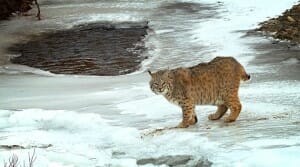 The beauty of the sun staying low on the horizon most of the day is that I can travel to another location if my first choice doesn’t pan out.
The beauty of the sun staying low on the horizon most of the day is that I can travel to another location if my first choice doesn’t pan out.
Nature and wildlife are constantly changing and moving. What worked yesterday may not be possible today.
As the sun begins to rise I have a pretty good idea if the spot I’ve chosen is going to work for me or not. If not, I have time to find a new location and find something to shoot and the light will still be wonderful.
Even if my primary location does work, there’s nothing stopping me from finding another location with great light as long as I have enough batteries, recording media and time. I know the light will still work for me.
You’re One with Nature
I tend to seek out places where there aren’t that many people any time of year. I’ve found over the years that the more effort it takes to get to a location, the less people you’ll encounter.
This rule however is suspended in the winter because even the most crowded locations like Yellowstone see a dramatic drop in visitors during the winter months.
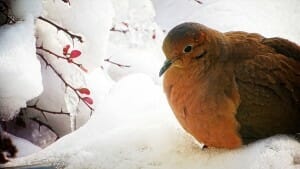 At Indian Creek Nature Center near my home, the Sac and Fox trail is filled with joggers, people on bikes, walkers, people walking their dogs and sometimes groups of school kids. But in the winter time I can be out on the trail at sunrise and not encounter a single soul.
At Indian Creek Nature Center near my home, the Sac and Fox trail is filled with joggers, people on bikes, walkers, people walking their dogs and sometimes groups of school kids. But in the winter time I can be out on the trail at sunrise and not encounter a single soul.
I might cross paths with a cross-country skier or someone trying out some snowshoes but for the most part I have nature all to myself.
So if popular locations are sparsely populated, it could be days before someone ventures into the locations that are off the beaten path.
I’ve filmed in remote spots at the nature center where my footprints in the snow were the only ones for several days in a row.
The People in the Know Have More Time for You
There’s so much I don’t know about nature and wildlife. As often as I’m out filming or studying field guides, I’m learning new things all the time.
The great thing about getting out in the winter is that rangers, naturalists etc can give you more of their time to help educate you and point you in the right direction.
In the summer, the natural areas are brimming with activity and the people who care for these areas have their hands full.
While there is plenty to keep them busy in the winter with planning and catching up on things left over from the warmer months, they generally will have more time for you since there are fewer people asking for their time.
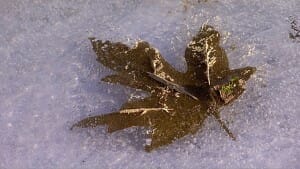 It’s a great time to not only introduce yourself to them but also pick their brain about the natural areas that they care for. They know them better than you ever will and once you earn their trust, they’ll keep you in the loop about everything that’s going on.
It’s a great time to not only introduce yourself to them but also pick their brain about the natural areas that they care for. They know them better than you ever will and once you earn their trust, they’ll keep you in the loop about everything that’s going on.
It’s also a great time to get together with them to plan for filming in the warmer months as they can tell you when you can expect to see certain wildflowers blooming or where is a great place to catch some wildlife.
These relationships are worth their weight in gold. Don’t ever do anything to misplace their trust in you.
The staff at Indian Creek Nature Center have been instrumental in helping me get some spectacular footage. They are my eyes and ears in the field and they know I would never do anything to harm the plants and animals that they protect.
Focus on Composition
The winter color palette is fairly muted. White, grays, browns, nothing that really jumps out at you. It’s this subtlety that makes it a perfect time to work on your composition.
The greens, yellows, reds and blues of summer are a distant memory. So are the distractions that they bring along with them.
Now is the time to focus on sharpening your composition skills. Take the chaos of thousands of bare tree branches and make compose something wonderful.
Without the distractions of color, composition becomes even more important in your video footage.
You could work all winter just practicing with lines. Leading lines, converging lines, parallel lines. The list goes on and on.
The point is, even if you feel there’s nothing to film, you can always work on making the ordinary into something extraordinary with better composition.
It’s Important to Stay in Shape
I’m not talking physical shape although you can certainly get a great workout trying to make your way through waist deep snow in just a pair of boots.
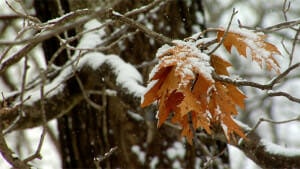 What I’m talking about is staying in shape with your camera gear. If you shelve your camera in the winter months, there’s going to be a period of time when you pick it back up that you will have to re-familiarize yourself with all its buttons switches and dials.
What I’m talking about is staying in shape with your camera gear. If you shelve your camera in the winter months, there’s going to be a period of time when you pick it back up that you will have to re-familiarize yourself with all its buttons switches and dials.
The more you get your camera out in the field the more you develop muscle memory. That is your fingers know where they have to go to add a neutral density filter or turn on the focus assist button because you’ve done it thousands of times before.
When you take time off from your video gear, you have to relearn exactly where those buttons, switches and dials are and that wastes valuable time when you’re trying to get a shot. When that deer steps out of the woods you don’t want to be fumbling for the iris control and actually change the focus instead.
So there you have it. Six reasons why you should get out in nature this winter, camera in hand and shoot some great footage.
I’m sure there are dozens of reasons why we should pick up our camera gear and head out into the frozen fields. What are some others? Feel free to leave them in the comments below!
And as always, shoot the ordinary and make it extraordinary!


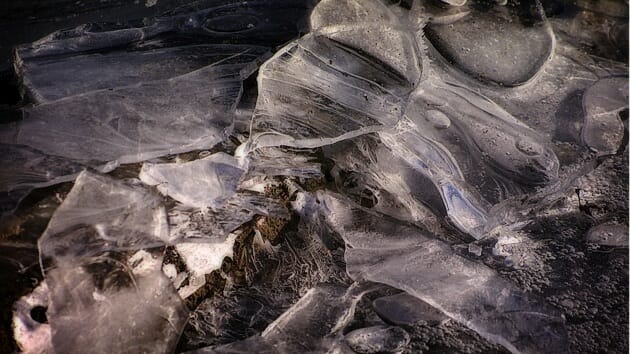

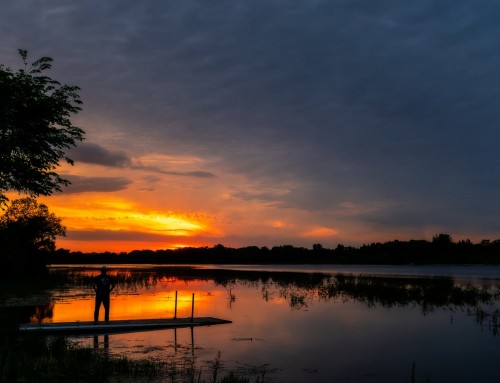
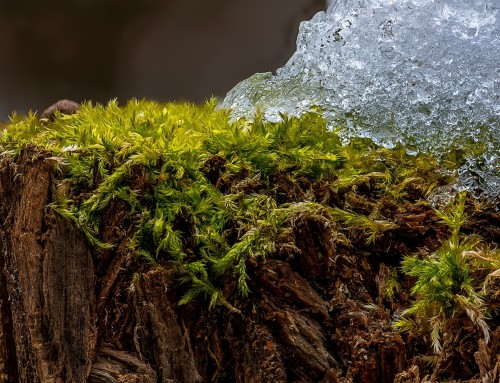

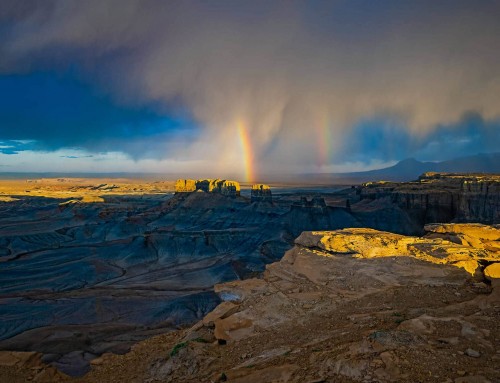
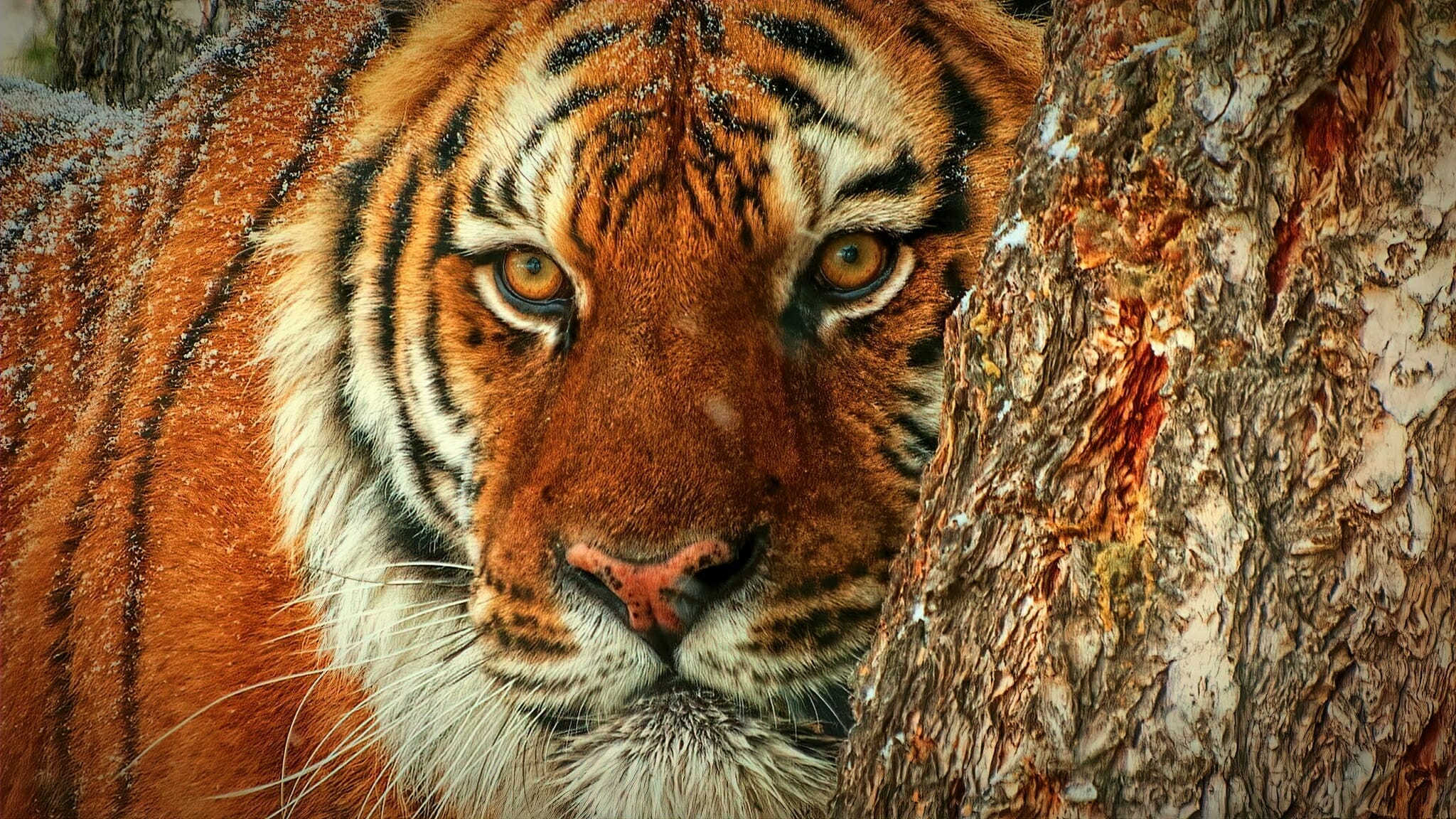
Great post, love the pictures and I really enjoyed learning more about photography too.
Thanks Ruby for taking the time to leave a comment. I appreciate it!
-Kevin